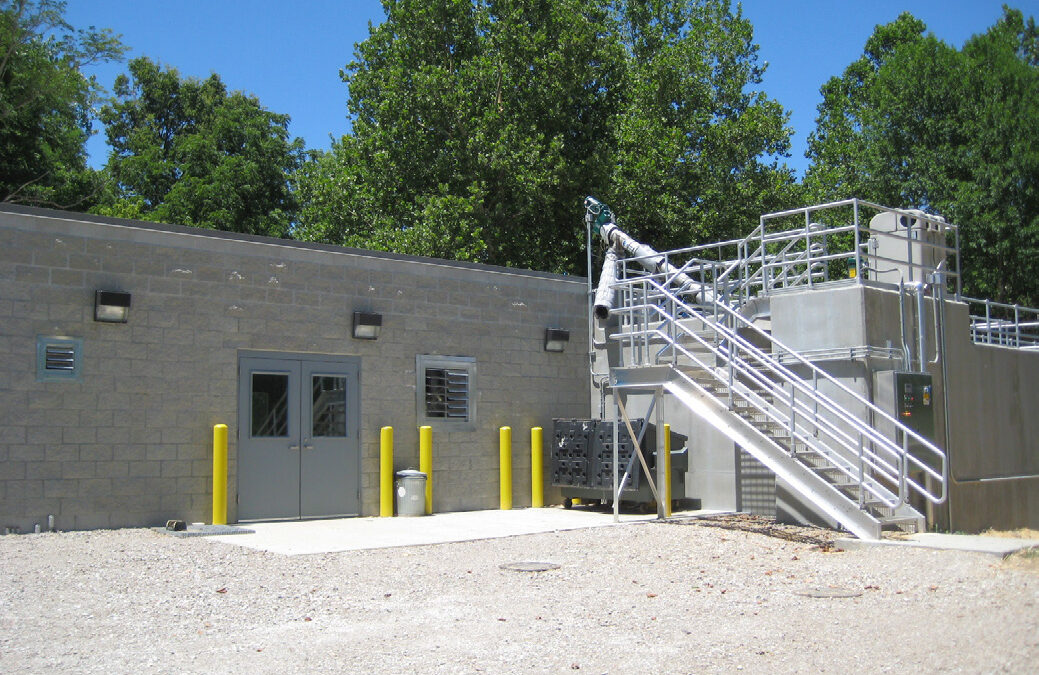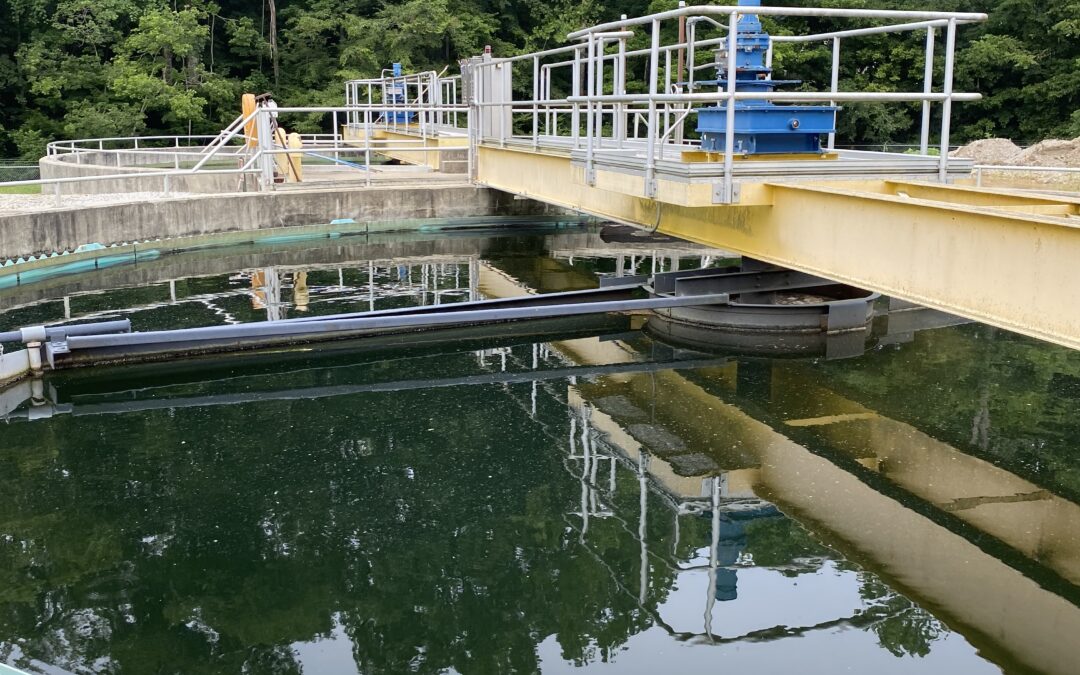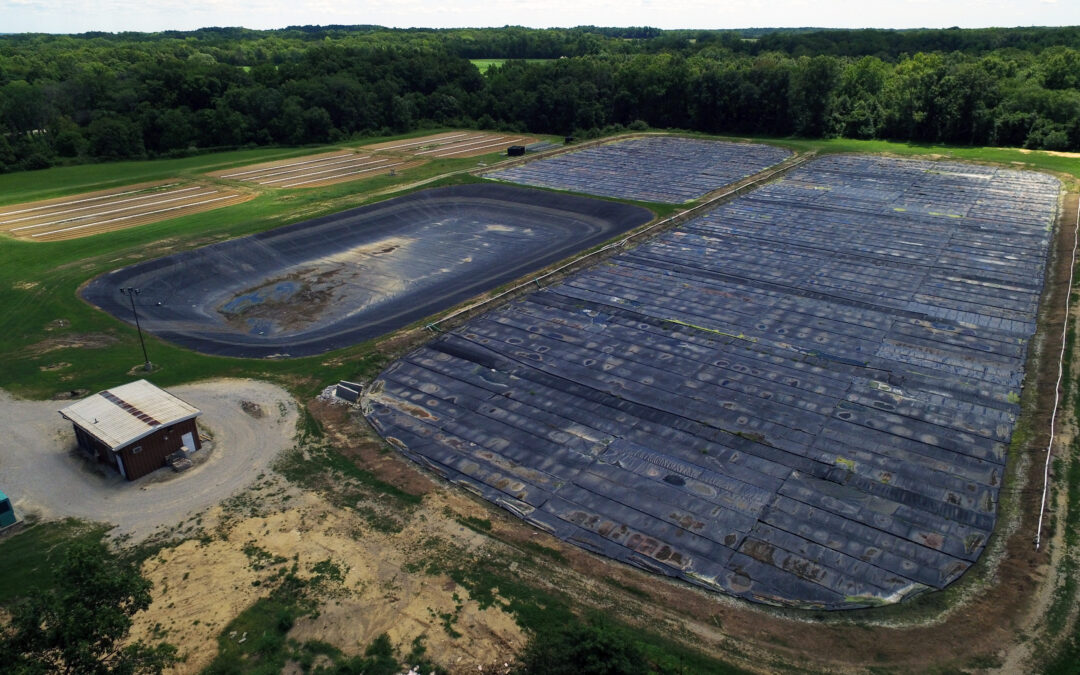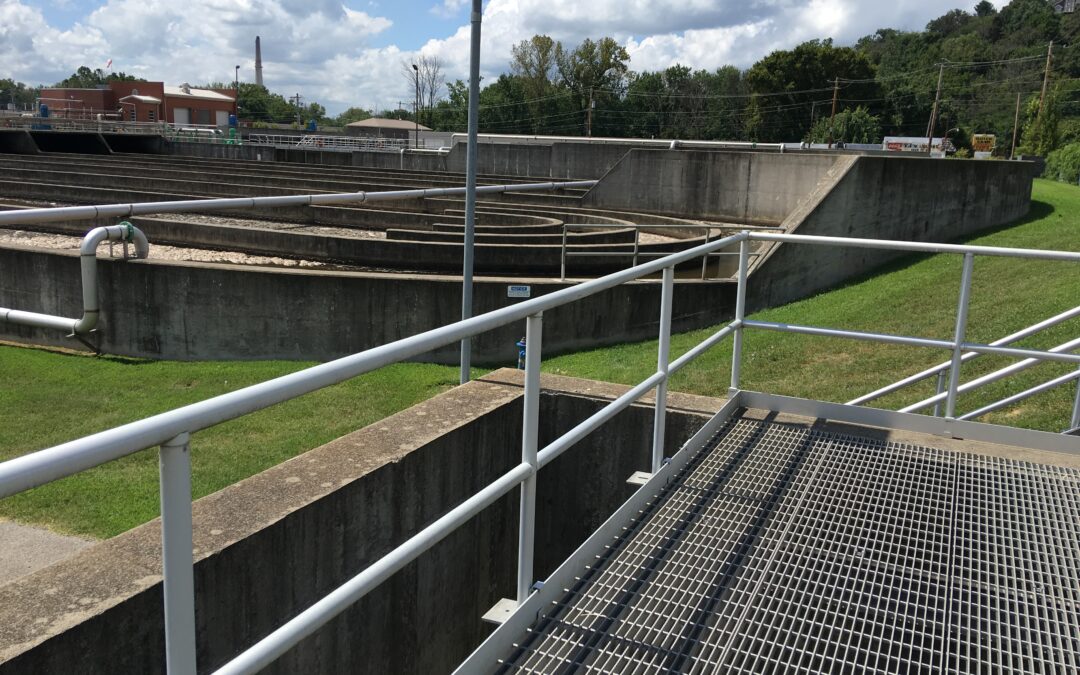
Clinton Wastewater Treatment Plant Renovation
Clinton, IN
Wastewater Treatment Plant Renovation
HWC provided services for the $3.2 million Wastewater Treatment Plant Renovation project in Clinton, Indiana. The project included renovations to the combined sewer wastewater treatment facility in Clinton, Indiana. HWC services included preparation of plans, specifications and bidding documents, construction engineering, inspection, and revisions to the SRF planning report.
The project included renovation of the existing combined sewer headworks, including a self-cleaning bar screen and new stormwater pump motors and controls. The raw sewage pump station was also replaced and an existing 2.0 MGD Cantex wet/dry pit package station was converted to a submersible pump type station. The project also included construction of an aerated channel type grit removal structure, replacement of the aeration equipment for two contact stabilization tanks, rehabilitation of two submerged steel tanks, retrofit of two abandoned anaerobic digesters to aerated liquid sludge storage tanks, installation of new blowers and disinfection equipment, a new laboratory control building, and new equipment and SCADA system for the plant and the remote lift stations.
Weirs, baffles, collectors, drives and the RAS/WAS pumping system were also upgraded to increase the peak capacity of the clarifiers.
Project Highlights:
- Complete retrofit of the plant headworks with increased pumping, screening, and grit removal
- Existing plant renovation with new aeration system and disinfection system
- Conversion of 2 old anaerobic digesters to aerobic digesters
- HWC provided planning, design, construction engineering, and inspection services for the project.




Recent Comments